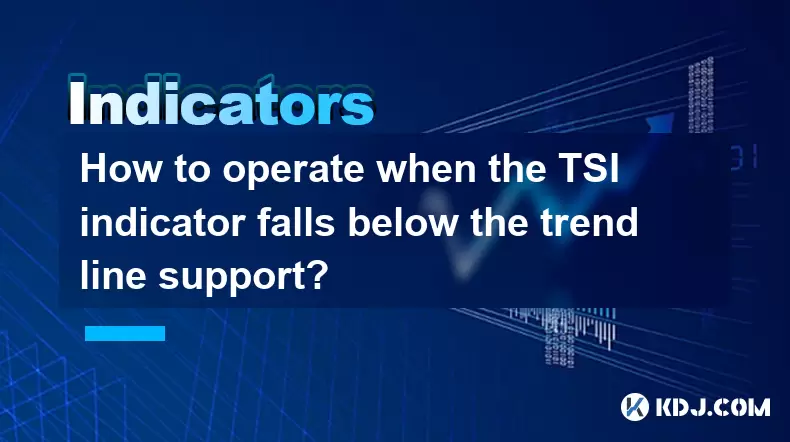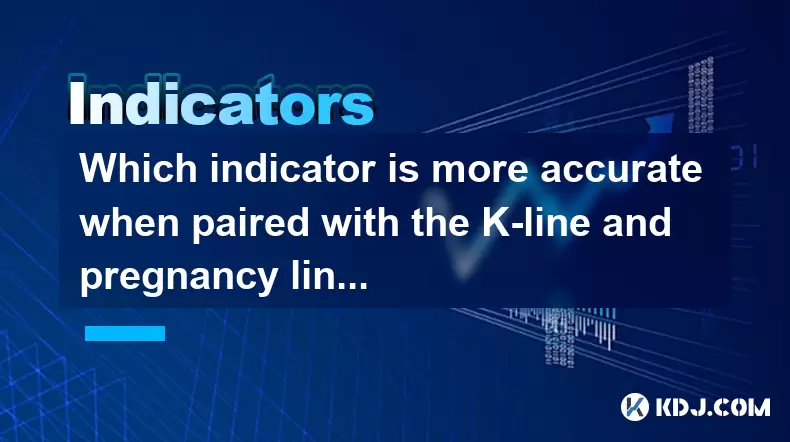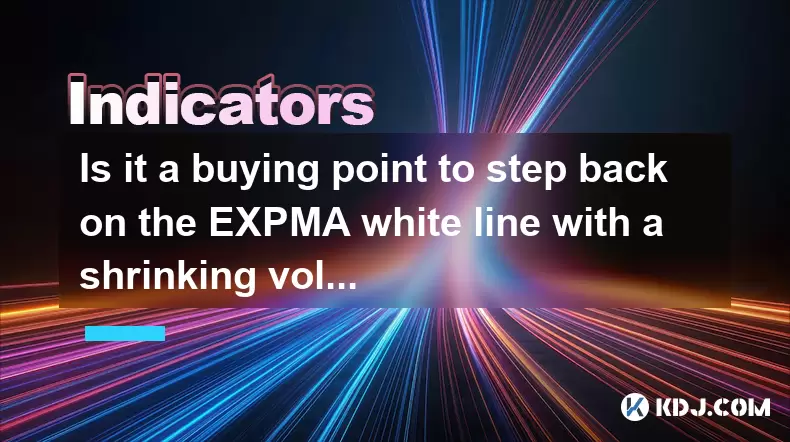-
 Bitcoin
Bitcoin $119300
1.07% -
 Ethereum
Ethereum $3730
3.87% -
 XRP
XRP $3.235
0.29% -
 Tether USDt
Tether USDt $1.000
0.00% -
 BNB
BNB $783.5
1.88% -
 Solana
Solana $188.7
0.25% -
 USDC
USDC $0.0000
-0.01% -
 Dogecoin
Dogecoin $0.2399
-0.44% -
 TRON
TRON $0.3157
2.37% -
 Cardano
Cardano $0.8254
1.94% -
 Hyperliquid
Hyperliquid $42.83
0.14% -
 Stellar
Stellar $0.4372
3.21% -
 Sui
Sui $3.859
4.91% -
 Chainlink
Chainlink $18.53
3.53% -
 Hedera
Hedera $0.2464
0.01% -
 Bitcoin Cash
Bitcoin Cash $519.8
2.46% -
 Avalanche
Avalanche $24.24
2.17% -
 Litecoin
Litecoin $113.7
0.73% -
 UNUS SED LEO
UNUS SED LEO $8.990
0.30% -
 Shiba Inu
Shiba Inu $0.00001390
0.21% -
 Toncoin
Toncoin $3.188
1.49% -
 Ethena USDe
Ethena USDe $1.001
0.02% -
 Polkadot
Polkadot $4.090
-0.91% -
 Uniswap
Uniswap $10.40
4.08% -
 Monero
Monero $326.6
3.12% -
 Bitget Token
Bitget Token $4.627
-0.42% -
 Pepe
Pepe $0.00001281
0.76% -
 Dai
Dai $1.000
0.01% -
 Aave
Aave $291.6
0.98% -
 Cronos
Cronos $0.1269
7.26%
How to operate when the TSI indicator falls below the trend line support?
When the TSI indicator breaks below trend line support, it signals weakening bullish momentum and potential bearish control in crypto markets.
Jun 29, 2025 at 02:01 am

Understanding the TSI Indicator and Its Role in Crypto Trading
The True Strength Index (TSI) is a momentum oscillator widely used in cryptocurrency trading to identify overbought or oversold conditions and potential trend reversals. When the TSI indicator falls below the trend line support, it may signal a weakening of bullish momentum, suggesting that bears are gaining control.
In crypto markets, where volatility is high and trends can reverse rapidly, understanding how to interpret and act on such signals becomes crucial for traders. The TSI indicator combines two moving averages of price momentum to smooth out noise and provide clearer insights into market strength.
Identifying Trend Line Support Breaks with the TSI Indicator
Before taking any action, it's essential to confirm whether the TSI has truly fallen below the trend line support. This involves:
- Drawing a valid trend line across previous TSI peaks or troughs.
- Observing if the current TSI value closes below this trend line rather than just briefly touching it.
- Confirming the break with other indicators or candlestick patterns to avoid false signals.
It’s also important to consider the broader context—such as the prevailing price trend, volume levels, and other technical tools like moving averages or RSI—to ensure that the TSI breakdown isn’t an isolated event.
Steps to Take When TSI Falls Below Trend Line Support
When you observe the TSI crossing below a key support trend line, here’s what you should do:
- Reassess your current position: If you're long (buying), evaluate whether the trade still aligns with your strategy or if it's time to exit.
- Check for confluence: Look at other technical indicators or chart patterns that might corroborate the bearish signal from the TSI.
- Monitor volume: A sharp increase in volume during the TSI breakdown often confirms stronger selling pressure.
- Set tighter stop losses: If holding a position, adjust your protective stops to manage risk effectively.
- Consider short opportunities: In strongly trending markets, a broken TSI support could be a sign to initiate short trades.
These steps help ensure that decisions are not made impulsively but are grounded in a structured analysis of the market environment.
Using TSI Divergence to Confirm Weakness
Another critical aspect when the TSI drops below trend line support is checking for divergence between the TSI and price action. For example:
- If the price makes a higher high but the TSI makes a lower high, this bearish divergence reinforces the likelihood of a trend reversal.
- Conversely, if both price and TSI move in tandem, the signal may not be strong enough to warrant immediate action.
This type of divergence provides deeper insight into the underlying strength of buyers versus sellers, especially useful in volatile crypto assets like Bitcoin or Ethereum.
Adjusting Risk Management Based on TSI Signal
Once the TSI crosses below trend line support, adjusting your risk exposure becomes vital. Consider the following:
- Reducing position size or exiting partially to lock in gains if already in a trade.
- Placing a stop-loss order slightly above the recent swing high to limit downside risk.
- Setting realistic profit targets based on historical volatility and support/resistance zones.
- Avoiding leveraged positions unless you have a robust risk management framework in place.
Risk management must always take precedence, especially in crypto markets where sudden swings are common.
Integrating TSI Signals with Other Tools
Relying solely on the TSI indicator can lead to misinterpretations. To enhance accuracy, combine it with:
- Price action analysis: Look for rejection candles, engulfing patterns, or inside bars near key levels.
- Volume profile or OBV (On-Balance Volume): These help assess buying or selling pressure behind price movements.
- Moving averages: Especially the 50 and 200 EMA, which can indicate trend strength and potential reversal zones.
- Fibonacci retracement levels: These offer psychological support/resistance areas that can align with TSI signals.
By combining these tools, you create a more comprehensive trading strategy that increases the probability of successful trades.
Frequently Asked Questions
What does it mean when the TSI indicator breaks below its trend line?
A break below the TSI trend line typically indicates a shift in momentum from bullish to bearish. It suggests that the ongoing uptrend may be losing steam and that sellers are starting to dominate the market.
Can I use TSI alone to make trading decisions in crypto?
While the TSI is a powerful tool, it's best used in conjunction with other indicators and price action strategies. Relying solely on TSI can result in false signals, especially in fast-moving crypto markets.
How do I draw a reliable trend line on the TSI indicator?
To draw a reliable trend line on the TSI, connect at least two significant highs or lows on the TSI histogram. Ensure the line isn't forced and aligns with actual turning points in the indicator’s movement.
Is a TSI trend line break more significant on higher timeframes?
Yes, higher timeframes like the 4-hour or daily chart tend to produce more reliable TSI trend line breaks compared to lower timeframes. These signals carry more weight due to increased data density and reduced market noise.
Disclaimer:info@kdj.com
The information provided is not trading advice. kdj.com does not assume any responsibility for any investments made based on the information provided in this article. Cryptocurrencies are highly volatile and it is highly recommended that you invest with caution after thorough research!
If you believe that the content used on this website infringes your copyright, please contact us immediately (info@kdj.com) and we will delete it promptly.
- TRON, Crypto Payroll, and Stablecoins: A New York Minute on the Future of Finance
- 2025-07-25 08:30:11
- WazirX, Revote, and Crypto Unlock: A New York Minute on the Latest Developments
- 2025-07-25 06:50:11
- Hong Kong Stablecoin Regulation: Navigating the Hype and Hurdles
- 2025-07-25 08:30:11
- Bitcoin LTHs, CDD Ratio, and Distribution: What's the Deal?
- 2025-07-25 08:50:12
- Satoshi-Era Bitcoin Whale Awakens: $469 Million in BTC on the Move
- 2025-07-25 06:30:11
- TIA Tokens, Crypto Shift & Ripple Effect: What's the Deal?
- 2025-07-25 07:10:11
Related knowledge

Should I go all in when DIF crosses DEA?
Jul 25,2025 at 12:42am
Understanding DIF and DEA in MACD AnalysisWhen traders analyze DIF and DEA in the context of the Moving Average Convergence Divergence (MACD) indicato...

Should I go all in when the upper edge of the box is broken?
Jul 25,2025 at 01:50am
Understanding the 'Box' in Cryptocurrency Price ChartsThe term 'box' in cryptocurrency trading typically refers to a price consolidation range where t...

Should I go all in when the parabolic turning signal appears?
Jul 25,2025 at 06:36am
Understanding the Parabolic Turning Signal in Crypto TradingThe parabolic turning signal is a technical indicator derived from the Parabolic SAR (Stop...

Should I follow up with a full position when the trading volume suddenly increases?
Jul 25,2025 at 12:28am
Understanding Sudden Increases in Trading VolumeA sudden spike in trading volume often signals heightened market activity and can indicate that new in...

Which indicator is more accurate when paired with the K-line and pregnancy line combination?
Jul 25,2025 at 05:43am
Understanding the K-Line and Pregnancy Line CombinationThe K-line, also known as the Japanese candlestick chart, is a foundational tool in technical a...

Is it a buying point to step back on the EXPMA white line with a shrinking volume?
Jul 25,2025 at 08:56am
Understanding the EXPMA Indicator and Its White LineThe Exponential Moving Average (EXPMA) is a technical analysis tool widely used in cryptocurrency ...

Should I go all in when DIF crosses DEA?
Jul 25,2025 at 12:42am
Understanding DIF and DEA in MACD AnalysisWhen traders analyze DIF and DEA in the context of the Moving Average Convergence Divergence (MACD) indicato...

Should I go all in when the upper edge of the box is broken?
Jul 25,2025 at 01:50am
Understanding the 'Box' in Cryptocurrency Price ChartsThe term 'box' in cryptocurrency trading typically refers to a price consolidation range where t...

Should I go all in when the parabolic turning signal appears?
Jul 25,2025 at 06:36am
Understanding the Parabolic Turning Signal in Crypto TradingThe parabolic turning signal is a technical indicator derived from the Parabolic SAR (Stop...

Should I follow up with a full position when the trading volume suddenly increases?
Jul 25,2025 at 12:28am
Understanding Sudden Increases in Trading VolumeA sudden spike in trading volume often signals heightened market activity and can indicate that new in...

Which indicator is more accurate when paired with the K-line and pregnancy line combination?
Jul 25,2025 at 05:43am
Understanding the K-Line and Pregnancy Line CombinationThe K-line, also known as the Japanese candlestick chart, is a foundational tool in technical a...

Is it a buying point to step back on the EXPMA white line with a shrinking volume?
Jul 25,2025 at 08:56am
Understanding the EXPMA Indicator and Its White LineThe Exponential Moving Average (EXPMA) is a technical analysis tool widely used in cryptocurrency ...
See all articles

























































































